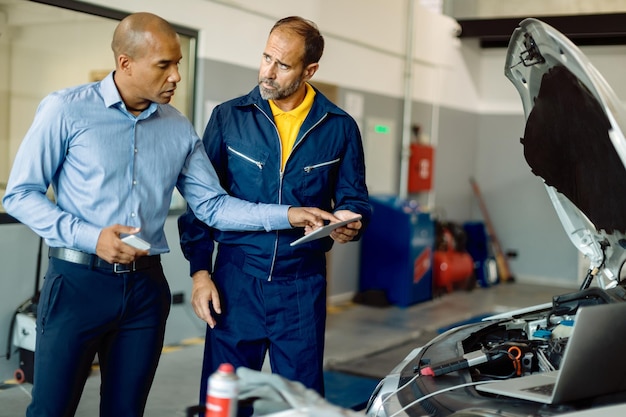Brakes are your vehicle’s first line of defense when it comes to safety. But how do you know when something's not quite right? From squeaky sounds to spongy pedals, ignoring the warning signs can be both dangerous and expensive. Understanding when to seek auto brake repair could save your life—and your wallet.
The Role Brakes Play in Safe Driving
Your braking system does more than just stop the car—it’s a complex network of components that includes pads, rotors, callipers, brake fluid, and more. Together, they allow you to stop quickly, adjust speed, and stay in control. If one part wears out or fails, the entire system is compromised, affecting your ability to drive safely.
Warning Signs You Should Never Ignore
1. Unusual Sounds
Do you hear squealing, grinding, or clicking when you brake? These sounds can signal worn pads or debris caught in the rotor. Grinding typically means the pads are completely worn out, exposing metal parts to friction.
2. Pulling to One Side
If your car pulls to one side when braking, it could be due to uneven brake pad wear, a stuck caliper, or a damaged brake hose. This not only affects stopping distance but also causes uneven tire wear.
3. Soft or Low Brake Pedal
When the brake pedal feels spongy or goes lower than normal, it might indicate air in the brake lines or low fluid levels. These issues reduce hydraulic pressure, making it harder to stop efficiently.
4. Dashboard Brake Light
This may seem obvious, but many drivers ignore dashboard warnings. If the brake warning light is on, it usually means there’s an issue with the system that needs immediate inspection.
Why Choosing a Reputable Brake Repair Shop Is Critical
Not all auto shops provide the same level of care. When it comes to your brakes, precision and experience matter. Choosing a trusted brake repair shop means your vehicle will be diagnosed accurately and fixed using high-quality parts. Look for technicians who are ASE-certified and offer clear pricing with no hidden fees.
How Brakes Wear Out Over Time
Brake pads typically last between 30,000 and 70,000 miles, depending on driving habits and road conditions. City drivers who stop frequently may wear out pads faster than those who do mostly highway driving. Rotors and calipers also wear down, especially if pads aren’t replaced on time.
Cost of Ignoring Brake Problems
Waiting too long to address brake issues can cause minor problems to snowball into expensive repairs. Worn pads can damage rotors, and leaky brake fluid lines may affect other hydraulic components. What starts as a $150 repair could quickly turn into a $700 job if neglected.
Extend the Life of Your Brake System
- Drive calmly and avoid slamming on the brakes
- Get routine inspections during oil changes
- Replace pads before they’re fully worn
- Flush brake fluid regularly (every 2–3 years)
Conclusion: Your Safety Starts with Your Brakes
Your brakes are too important to take chances with. Whether you’re commuting daily or going on long road trips, a dependable braking system is essential. If you notice anything out of the ordinary, don’t wait—book a brake inspection or service today. A quick auto brake repair can prevent a costly fix and keep your driving safe.





Comments